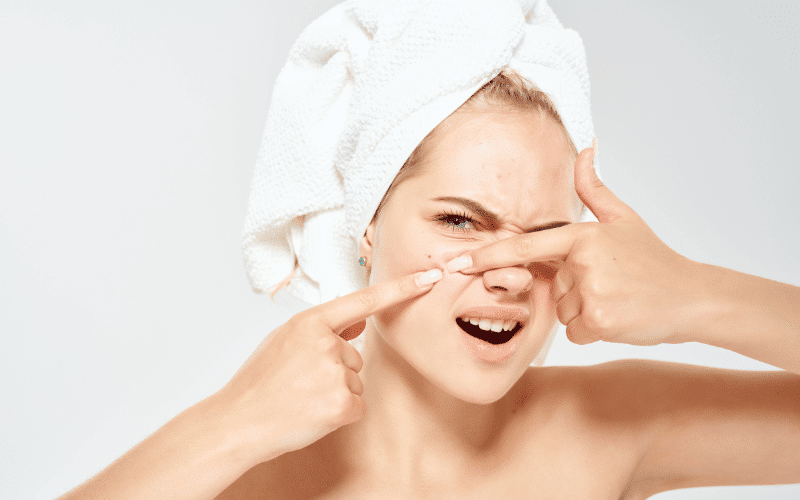Introduction: The Skin – Our Largest Organ and Its Challenges
Our skin, the body’s largest organ, serves as our first line of defense against external elements. It protects us from infection, regulates body temperature, and provides us with a sense of touch. However, our skin is not immune to problems. Skin disorders are widespread, affecting people of all ages, genders, and ethnicities. In this article, we will discuss 10 common skin disorders, their causes, symptoms, and treatments, and how to identify and manage them effectively. So, let’s dive into the world of skin health and learn more about these prevalent conditions.
A healthy skin is not only a sign of good hygiene but also reflects our overall well-being. Many factors contribute to skin disorders, including genetics, lifestyle choices, and environmental factors. Understanding these conditions can help us take better care of our skin and seek appropriate treatment when needed.
1. Acne: The Bane of Adolescents and Adults Alike

Pimples and Blackheads: Telltale Signs of Acne
Acne is a common inflammatory skin condition that affects millions of people worldwide. It usually manifests as pimples, blackheads, or whiteheads on the face, chest, back, and shoulders. Acne occurs when hair follicles become clogged with oil and dead skin cells, leading to the formation of comedones (blackheads or whiteheads).
Inflammation and redness may develop around the comedones, resulting in the formation of papules, pustules, and nodules. Hormonal changes, particularly during adolescence, can exacerbate acne by increasing oil production. Genetics, stress, and diet may also play a role in the development and severity of acne.
Scarring and Hyperpigmentation: Long-Term Effects of Acne
Acne can leave lasting effects on the skin, such as scarring and hyperpigmentation. Scarring occurs when acne lesions penetrate deep into the skin, damaging the underlying tissue. This damage prompts the body to produce collagen to repair the area, which can lead to the formation of raised or depressed scars. Hyperpigmentation, on the other hand, is a result of an overproduction of melanin in response to inflammation caused by acne lesions. This leads to the appearance of dark spots or uneven skin tone in the affected areas.
Psychological Impact: Acne’s Influence on Self-Esteem and Confidence
The psychological impact of acne should not be underestimated. For many people, acne can cause significant emotional distress, leading to feelings of embarrassment, self-consciousness, and even depression. The appearance of acne can affect one’s self-esteem and confidence, making social interactions difficult and impacting overall quality of life.
Treatment Options: From Topical Solutions to Oral Medications
There is a wide range of treatment options available for acne, depending on the severity of the condition and individual needs. Over-the-counter topical treatments, such as benzoyl peroxide and salicylic acid, can help reduce inflammation and unclog pores.
For more severe cases, prescription medications like retinoids and oral antibiotics may be recommended. In some instances, hormonal therapy or even isotretinoin (Accutane) may be prescribed for persistent or severe acne. It is essential to consult a dermatologist to determine the best course of treatment for your specific situation. (1)